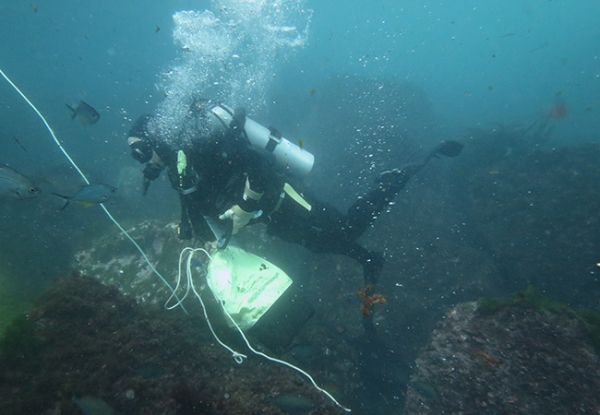Submarine vents have natural gradients in climate variables like pH and temperature making them useful examples of future seawater conditions. Over the past few decades scientists have investigated submarine vents, particularly in deep waters, tropical and subtropical waters and in warm temperate seas to evaluate the long-term effects of climate change on our oceans.
“Vent studies in cold temperate waters in the southern hemisphere are scarce and it is important to know how climate change, and ocean acidification in particular, will affect our temperate species and ecosystems,” says Dr Rebecca Zitoun of the University of Otago’s Chemistry Department.
Whakaari/White Island provides a rare opportunity to observe submarine vent systems in relatively shallow water, close to land. It also has a high biodiversity and is accessible by SCUBA, but most importantly for scientists, Whakaari/White Island’s shallow vents produce acidic water with a very low pH (as low as 6.8 pH compared to standard sea water being approximately 8.1 pH) and water temperatures of up to 1 degree Celsius higher than ambient seawater in the area.
Continue reading at University of Otago
Image via University of Otago


